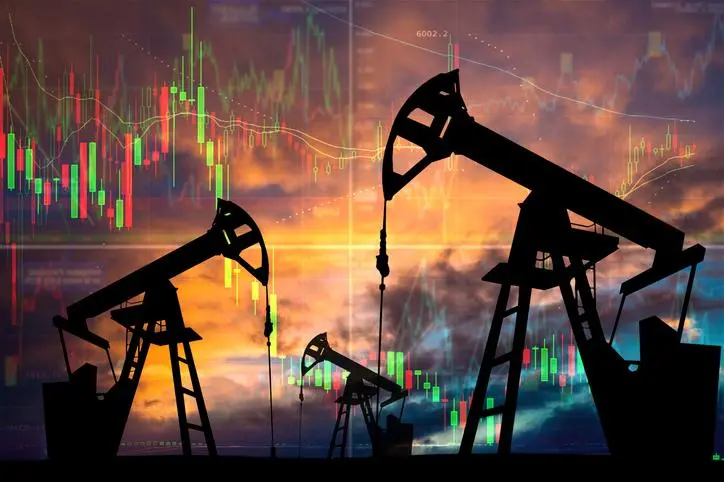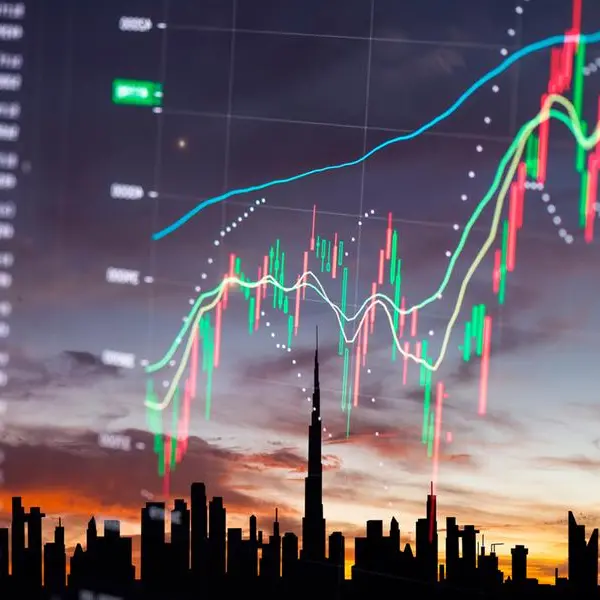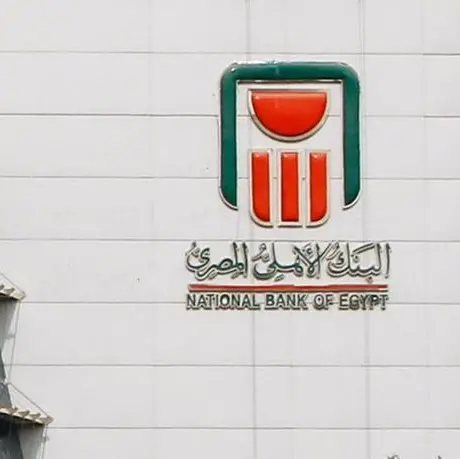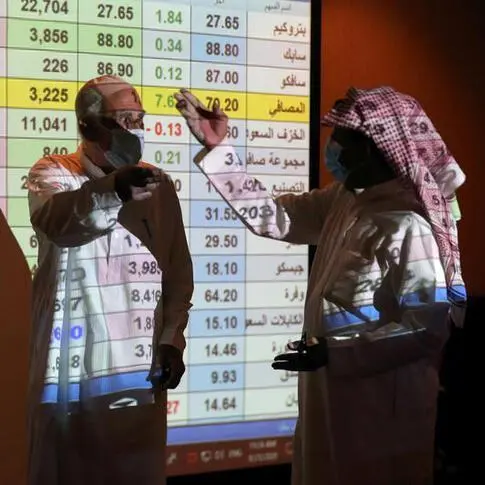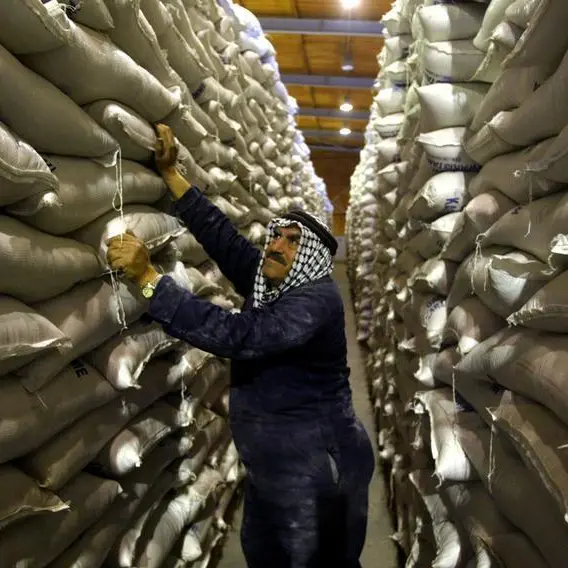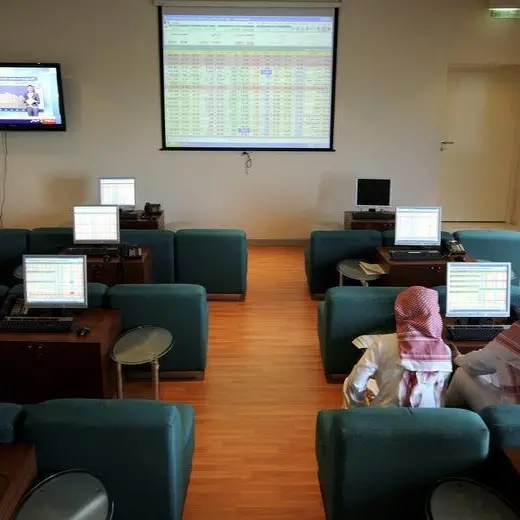PHOTO
Just two years on, and the price of gas is tipping $7. What happened to make that question so redundant?
In 2019, both of the European gas price benchmarks — UK National Balance Point (NBP) and Dutch Title Transfer Facility (TTF) — went below the $4 per 1 million British thermal units (Mmbtu), as the oversupply of Liquified Natural Gas (LNG) from the US surged towards the European market.
Natural gas prices in Europe began to rise slowly from December 2020 and by April 2021 they had already reached the October 2019 level (around $7 per 1 Mmbtu, or €20 per 1 MWh). However, the price did not then stabilize and the market got even tighter. From April to October 2021 the price of the TTF futures for November 2021 delivery surged by more than 350 percent.
On 1 October 2021, the prices for UK and TTF gas futures for the November 2021 shipment closed at $33 and $32 per Mmbtu, compared to the closing prices of $7 and $6.5 per Mmbtu on 7 October 2021, respectively.
Two years on from speculation that gas could drop to $2, is the more pertinent question now, given the exponential rise in prices: Could we see $50 gas in Europe in 2022?
Either answer to this question contains worrying consequences. If the price does continue to rise, is it because of fundamental factors that the energy market has yet to admit and rationalize?
Conversely, if the cost is only a temporary blip, should the world prepare itself for a bursting bubble which could trigger a new crisis situation in either energy markets? With the world economy still getting back on its feet after the pandemic, an energy-fuelled crash could deliver a knock-out blow to fragile states.
Kirill Bakhtin, oil and gas analyst at Moscow-based Sinara Financial Corporation, co-led a report on the Russian gas sector which was published last month.
He told Arab News it is harder to perform a health check on the global gas market as it is more fragmented and offers less information than the oil market.
However, Bakhtin did flag up a drop in European gas storage inventories since July — dropping below the average for the last 5 years — as a matter of concern.
Bakhtin said there was a “combination of several factors” behind the dramatic gas market price rise, explaining: “First, the economic recovery after the pandemic; second, the hot summer this year required more electricity for air conditioning.
"In addition, gas production in Europe in the first half of 2021 did not increase compared to the first half of 2020, as at a number of fields in the UK and Norway deadlines for maintenance completion were overdue.”
Another important factor was the drop of LNG inflow to Europe as Asian markets were quite simply willing to pay more for gas.
These factors combined saw demand in Europe in the first half of 2021 grow by 14 percent, while domestic production dropped by 11 percent and LNG imports fell by 16 percent.
“Although Europe's total gas imports grew by 13 percent over the first half of 2021, it was not enough to compensate for the growth in demand and losses from the temporarily suspended production,” said Bakhtin.
TTF gas futures on the Intercontinental Exchange show the quotes for the November 2021 shipment have grown more than 5-fold since the beginning of the year, up from €17.6 to €94 per 1 MWh.
In the meantime, prices for the October 2022 shipment, which comes in after the end of the upcoming heating season 2021/2022, stand currently at the level of €44 — representing a more restrained 2.8x growth year-to-date.
Bakhtin argues that this shows the gas deficit, although apparently not as large as this year, will continue into 2022.
He also claimed that the growing price of oil compared to 2018 “allows us to foresee a relatively higher gas price, based on the assumption that the prices for these two energy carriers are correlated.”
Sinara’s long-term house view for the TTF price is $300 per 1,000 cubic meters.
As for the US LNG currently priced on Henry Hub at $5.2 per 1 Mmbtu, it plays the role of a balancing supplier in the global gas market, Bakhtin says. Shipment charges included its current cost in Europe should be $11 per 1 Mmbtu, but in the longer term its cost on delivery to the European market should fall to $8 per 1 Mmbtu, according to Sinara's forecast.
On September 30 the Japan-Korea-Marker (JKM), a benchmark for spot LNG contracts in Asia, rose to $34.47 per Mmbtu, or $100.3 per 1 MWh, which still implies a premium over the TTF. This means the US LNG sellers will still have more incentive to direct their shipments to Asia than to direct it to Europe.
“According to our estimates”, Bakhtin concluded, “the price of gas in Europe is currently at its peak, it will gradually decrease in 2022-23, though it will still be quite high”.
Copyright: Arab News © 2021 All rights reserved. Provided by SyndiGate Media Inc. (Syndigate.info).
